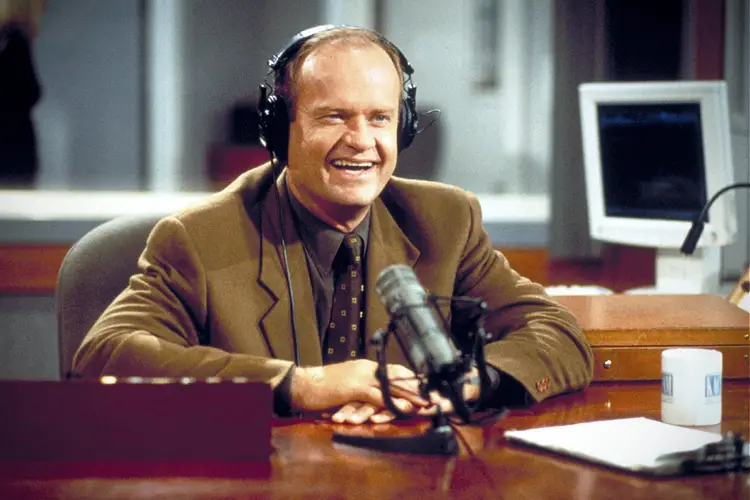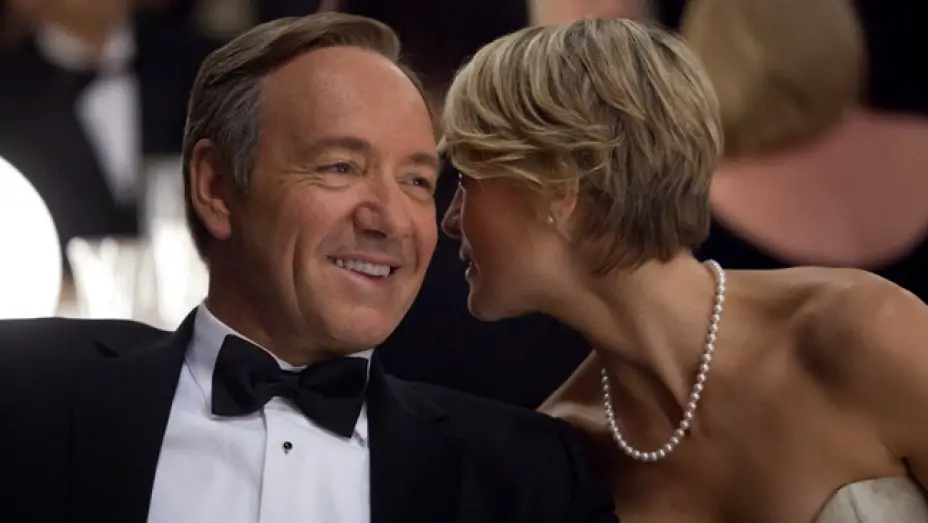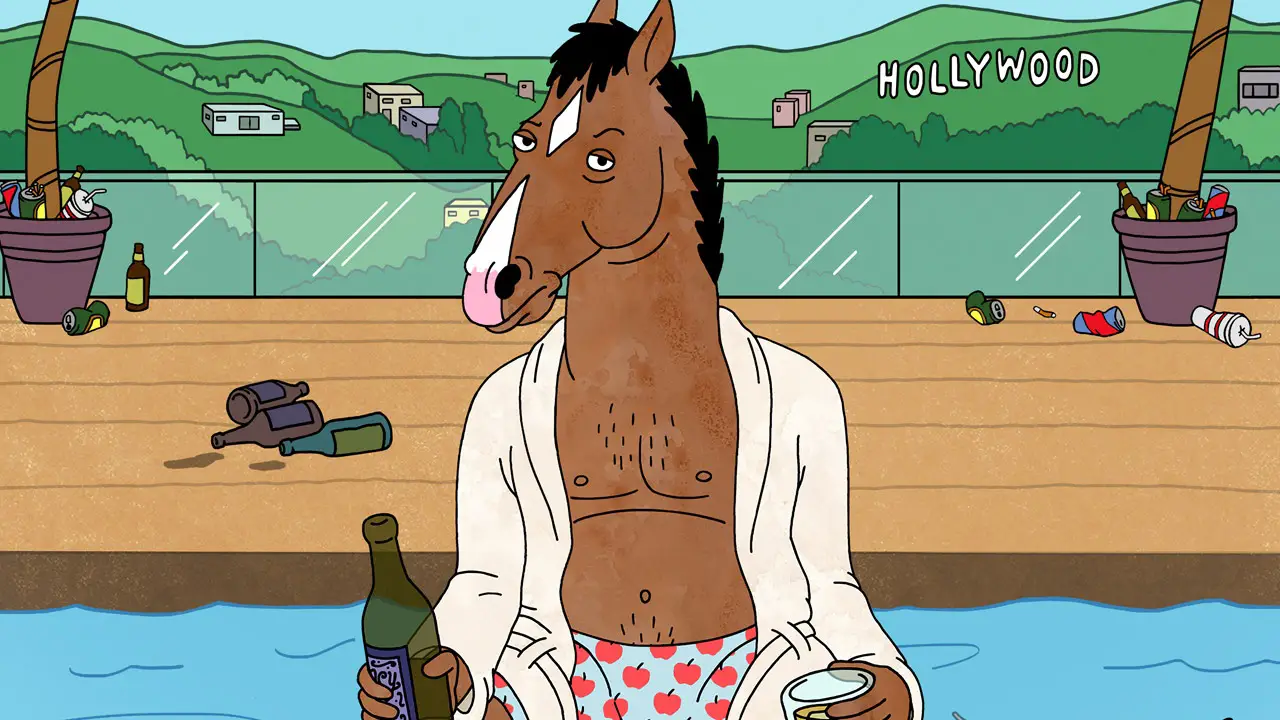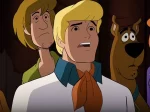Remember staying up late to watch TV and hoping your parents wouldn’t tell you to go to bed? You would turn down the volume and try to catch snippets of the shows you were never allowed to watch, all of which seemed so grown up, so mature; yet, every week, it seemed like the problems could be solved in half an hour, and the characters would be ready for some other misadventure next week—same time, same channel.
Then, regular TV-watching was blown out of the water with the advent of streaming services, such as Netflix, Hulu and Amazon Originals. Audiences no longer had to wait weeks to see events play out with their favorite characters. If they wanted to, they could even see the rise and fall of a story arc in one day. Soon, streaming companies realized that the money wasn’t in providing shows, but producing them.

Suddenly, traditional situation comedies weren’t sustainable in the new market. Plot lines couldn’t cut on a dramatic pause and expect viewers to wait a week in suspense. Now, the audience could just skip to the next episode. As a result, the wonder, the apprehension and the hours thinking about “What happens next?” disappeared. In this brave new world of television, you didn’t even have to sit through the intros or theme songs; instant gratification had elevated time-wasting to a new level.
Don’t get me wrong, I love watching old sitcoms: “Seinfeld,” “Frasier” and “Friends” are all fun to watch, well-written shows. They were entertaining, but also showed complex subjects, like the death of a fiancée, having divorced parents or raising kids. Still, in all my amateur TV-watching experience, almost every episode had a resolution, a clever quip at the end and characters that remained largely unchanged.
The Chandler from last week was just as sarcastic and sexually frustrated this week. Frasier would be just as snobby, despite him being embarrassed by his vanity in the last episode. Rinse and repeat.
A viewer could count on the familiarity and rely on the laugh track to walk them through the tough moments, as well as the shallower jokes. It’s comfortable to watch these shows, and, nine times out of ten, you’ll feel better after doing so.
In the new age of television streaming, I have found other favorite shows on Netflix, such as the sinister “House of Cards” and the alcoholic “Bojack Horseman.” Because the developers knew that these shows would be released all at once, an entire season at a time, the traditional format of unrelated episodes wouldn’t work.
No longer could individual episodes revolve around a single plot and sub-plot, and then have the characters start the next episode from emotional square-one. It became necessary for them to have the main storytelling occur within the characters themselves, rather than in their external circumstances.
In syndicated television, the show was about characters defining themselves in relation to something different each episode. Ultimately, the audience understood the characters as an onlooker, watching them as if they were actually in the show. Today, the characters aren’t just prodded along by external circumstances, and most of the time they cause their own problems. Instead of only responding to external circumstances, the characters’ actions reflect their internal state, their personal insecurities and their values. The characters don’t re-act, they act, and then re-act.
Take, for instance, Frank Underwood’s evil plot to become president. The show isn’t about him doing his elected duty as minority whip while being humorously antagonistic to the democratic process. The entire series is about his movement upwards, and each episode works ceaselessly to develop him as a character, delving into his past, his partnerships with other politicians and his security detail.
His relationship to Claire, his wife, a narrative fixture that would have traditionally been immutable, is constantly tested and thrown into doubt. Frank Underwood becomes more insecure, Claire becomes more ambitious and both directly affect his plan. Instead of finishing episodes with a joke, the final scenes look back on the episode, and promise there’s more to come. Over four seasons, you feel like you actually know Underwood, his history and motivations, not just how he reacts to a new significant-other or job.
One of my favorite examples of character development, though, is without a doubt Bojack Horseman, the alcoholic, depressed, worn-out television star. Each episode is notable not for its individual plot or dramatic cuts, but rather for its impact on Bojack himself, and how he learns (or doesn’t learn) from his experiences. When he sees that his ideal love isn’t what he thought it would be, it sends him careening down a drug-filled path, which has unalterable consequences for him and the people around him.

Shows that focus on the growth of a character are infinitely more relatable than a too-perfect family or a couple that makes up after a half-hearted apology. “Character-based” shows almost never fall into a tedious routine, nor do they feel recycled. Each character brings something new to the minds of the viewers, and, because they’re so relatable, makes the audience think more about themselves, rather than the show. There are no laugh tracks, no consistently happy endings. Television is now is a group of characters that are always developing, much like ourselves.
What really sets today’s shows apart, though, is the premises on which they operate. Shows like “Breaking Bad,” “Shameless” and “Orange is the New Black” also have one trait in common: Many of the characters themselves are absolutely terrible people.
As opposed to the protagonists in 80’s and 90’s TV, the characters rarely act in an ethical manner. They take advantage of other characters, are unapologetic and selfish, and, sometimes, kill other people. As much as viewers relate to the characters because they develop and are flawed, audiences are mystified by how characters show the darker side of humanity, the thoughts that people don’t act on, which makes them question, “Why do I like this character when they do such fucked up things?”
As TV has changed to streaming formats, and audiences have continued demanding new, original characters and storylines, it has become impossible for TV shows to go back to the way they were. Characters that remain mostly static month after month are alright for a little while, but, like white bread, get stale. Today, people want to be pushed to think about how to relate to characters, and, by extension, how to relate to other people.
















